
Russia to raise condensate issue in Vienna
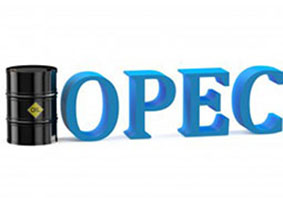
The deal, which runs until the end of March, places limits on crude production from participating Opec countries and on crude and condensate output from the non-Opec participants. Opec adopted a common definition of condensate in the late 1980s to ward off a move by some members to pass off part of their output as the lighter liquid.
"We will be discussing with our colleagues [the issue of] taking into account [production] data without gas condensate," Novak said. The move was discussed at a meeting last week between Novak and several of Russia's largest oil companies.
Russia produced 556mn t of crude and condensate last year. Taking Novak's earlier estimate that 7-8pc of that was condensate, and using a conversion rate of 8.3 bl/t used by state-controlled Rosneft, this means Russia produced 885,000–1mn b/d of condensate in 2018. Novak last month noted that this output does not affect global balances. Only 1.75mn t of Russian condensate was exported in 2018 — although some gets blended with crude in the pipeline system — and most is supplied domestically by rail.
Opec and its 10 non-Opec partners — known collectively as Opec+ — meet this week to formulate a policy for next year. The deal to curb collective output by a combined 1.2mn b/d expires on 31 March. Part of the strategy may involve encouraging recalcitrant members to adhere more rigidly to their quotas. Russia agreed to limit its output to 11.14mn b/d, but has mostly not achieved 100pc compliance. Russian president Vladimir Putin has voiced his continued support for the co-operation.
By Oksana Yablokova


Gold price edges up as market awaits Fed minutes, Powell speech

Glencore trader who led ill-fated battery recycling push to exit

Emirates Global Aluminium unit to exit Guinea after mine seized

Iron ore price dips on China blast furnace cuts, US trade restrictions

Roshel, Swebor partner to produce ballistic-grade steel in Canada
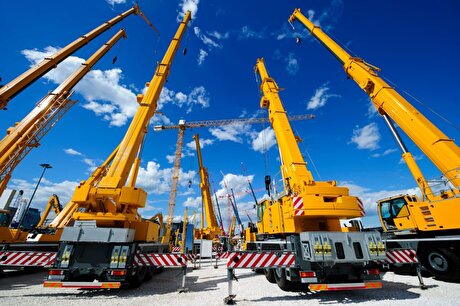
US hikes steel, aluminum tariffs on imported wind turbines, cranes, railcars

EverMetal launches US-based critical metals recycling platform

Afghanistan says China seeks its participation in Belt and Road Initiative

Trump weighs using $2 billion in CHIPS Act funding for critical minerals

First Quantum drops plan to sell stakes in Zambia copper mines
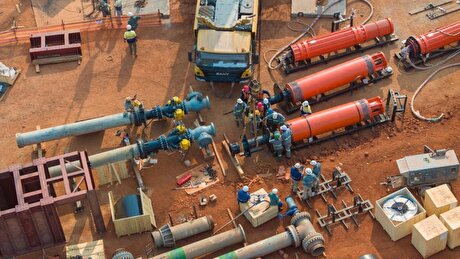
Ivanhoe advances Kamoa dewatering plan, plans forecasts

Texas factory gives Chinese copper firm an edge in tariff war
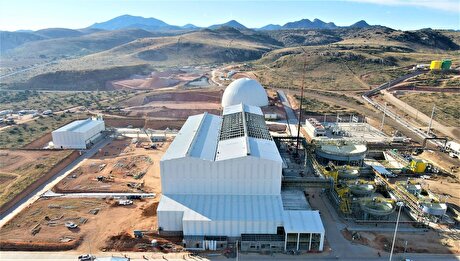
Pan American locks in $2.1B takeover of MAG Silver
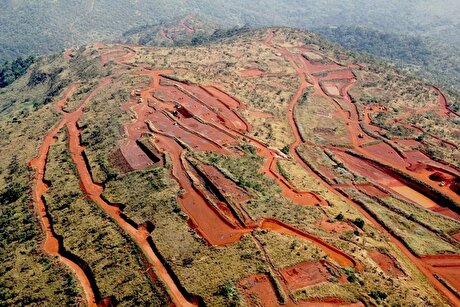
Iron ore prices hit one-week high after fatal incident halts Rio Tinto’s Simandou project

US adds copper, potash, silicon in critical minerals list shake-up

Barrick’s Reko Diq in line for $410M ADB backing

Gold price gains 1% as Powell gives dovish signal

Electra converts debt, launches $30M raise to jumpstart stalled cobalt refinery
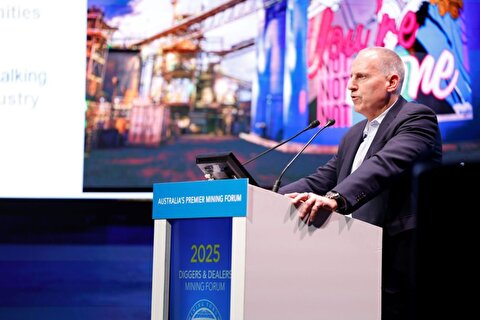
Gold boom drives rising costs for Aussie producers

First Quantum drops plan to sell stakes in Zambia copper mines

Ivanhoe advances Kamoa dewatering plan, plans forecasts

Texas factory gives Chinese copper firm an edge in tariff war

Pan American locks in $2.1B takeover of MAG Silver

Iron ore prices hit one-week high after fatal incident halts Rio Tinto’s Simandou project

US adds copper, potash, silicon in critical minerals list shake-up

Barrick’s Reko Diq in line for $410M ADB backing

Gold price gains 1% as Powell gives dovish signal

Electra converts debt, launches $30M raise to jumpstart stalled cobalt refinery

















